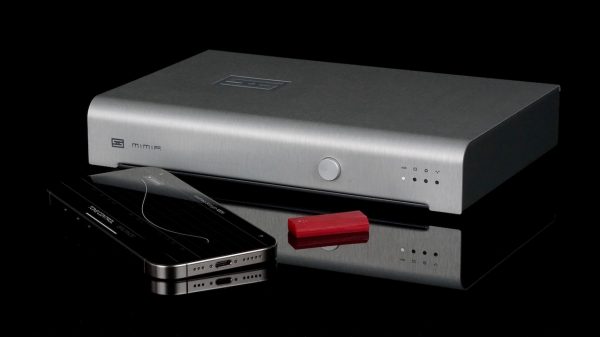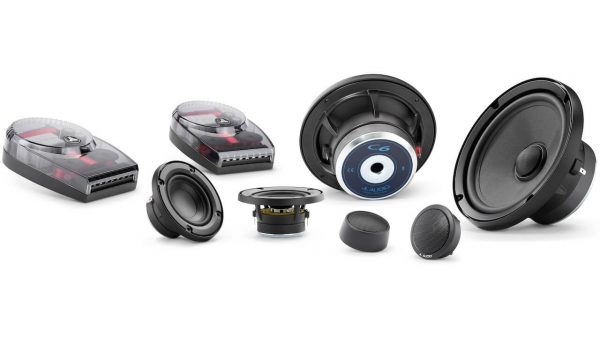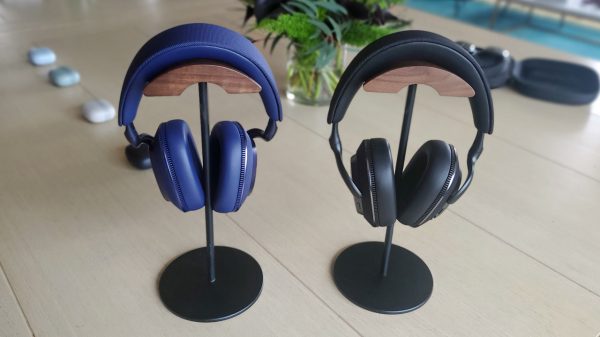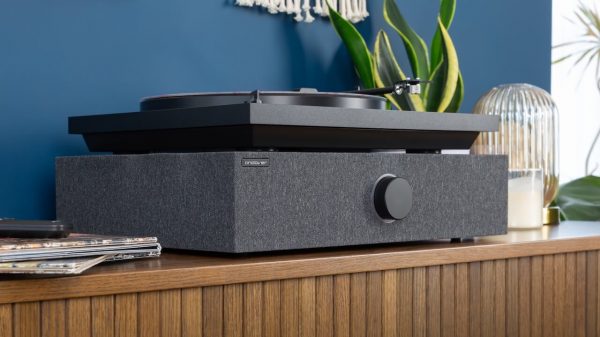These days it’s not just the roads that are full of “hybrids.” A new breed of set-top box (STB) that will receive and decode broadcast video content from satellite, terrestrial, or cable networks and interactive wireline services such as video-on-demand is finding its way into more and more households.
These “hybrid” boxes are the result of government regulations and red tape that limit the kind of electronic content that particular kinds of companies can supply to the public. They also provide a faster time to market for existing broadcast operators that wish to include interactive video services.
According to Michael Arden, Principal Analyst, Broadband and Multimedia Research at ABI Research, and author of a new set-top box study, the move to this format has been sparked by two scenarios. “In some countries, franchising and regulatory requirements do not allow telecom operators to broadcast certain kinds of information – essentially, they can’t provide programming,” he says. “So telecom operators are packaging existing satellite, terrestrial, or cable video services with interactive video-over-IP.”
“On the other hand, DTT or satellite operators that already have broadcast approvals are giving their customers an STB that allows them to receive those satellite over-the-air signals as well as enabling interactive video-on-demand.” Companies that offer over-the-air services are worried about losing customers because they lack a wireline service allowing interactivity. For example, Rupert Murdoch’s BSkyB has purchased Easynet, a British DSL company, and market-watchers speculate about a combination of its DSL network with BSkyB’s video service.
The interest in IP-capable STBs is already well-established and growing, and it may offer a wide range of practical solutions in divergent markets around the world. “Some will offer a stripped-down version,” says Arden, “perhaps on-demand only. In other markets – particularly the US and some Western European countries – it will be the most advanced kind of video service with all the ‘bells and whistles.’ It’s a pretty flexible business model that can be adapted to the demands of the market.”
“Worldwide Set-Top Box Markets: CATV, DBS, IP, DTT” provides analysis of CATV, DBS, IP, DTT STB and gateway deployments in support of a variety of video services, including HDTV and PVR. The report examines deployments of CPE, pricing, and market value, as well as related STB middleware and STB decoders. It is also available as part of the Home Networking, IP Video and IP Networking Research Services, which include a number of research reports, regular market updates, forecast and industry databases, ABI Insights and analyst inquiry assistance.
Founded in 1990 and headquartered in New York, ABI Research maintains global operations supporting annual research programs, intelligence services and market reports in automotive, wireless, semiconductors, broadband, and energy. For information visit http://www.abiresearch.com, or call +1.516.624.2500.























